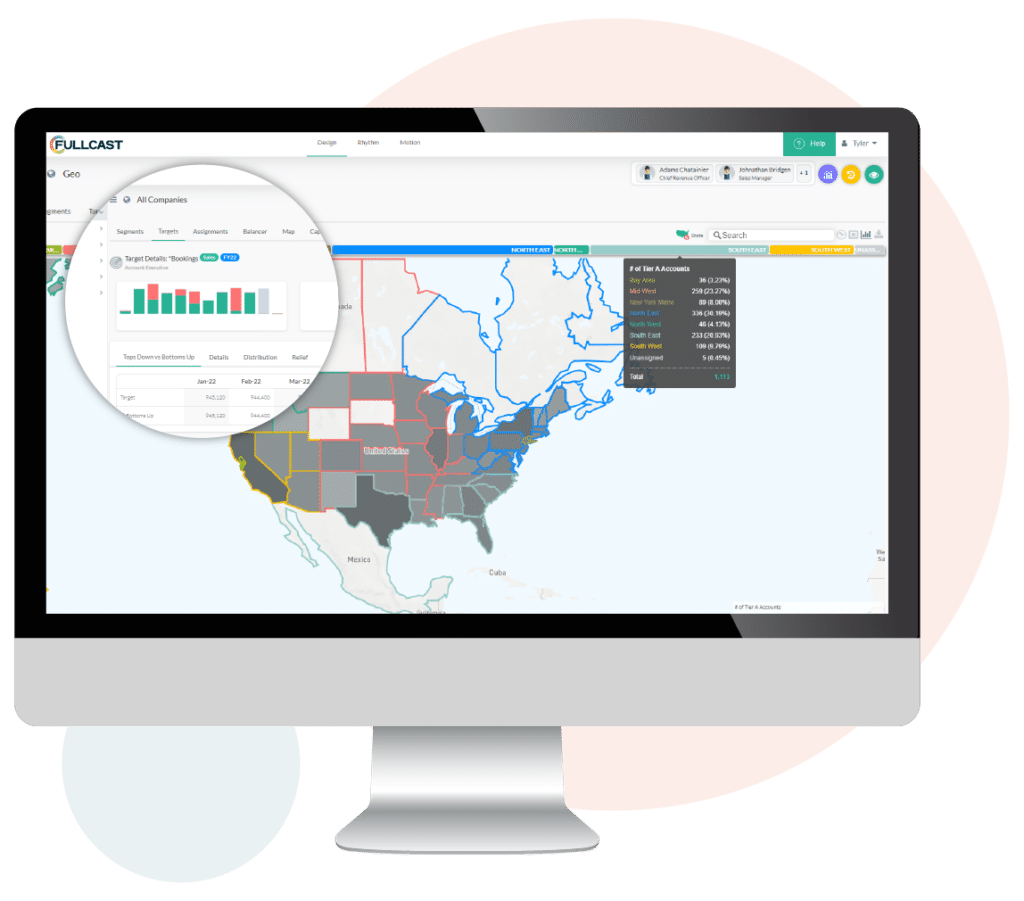Who needs automated sales planning tools? Well, according to studies, you do.
Ninety-one percent of marketers say marketing automation helps them achieve their objectives. From crunching numbers to spotting trends, automated sales tools provide the secret sauce separating trendsetters from the sloppy seconds in a competitive marketplace.
If you still rely on manual procedures to meet sales goals, here are four ways automated tools can simplify your strategic sales planning and launch marketspace-smashing, wicked-fast GTM strategies.
1. Eliminate Redundant Manual Data Entry

In a modern context, the old proverb “Time and tide wait for no man” can easily refer to the time wasted on manual data entry. “Every aspect of a sales process is prone to human error when carried out manually,” warns Jay Fuchs, managing editor at HubSpot. “Maybe, you’ve lost a deal because you forgot to follow up with a prospect. Or maybe, you lost valuable time hashing out a meeting time with a potential customer.”
Automation tools can eliminate time-consuming tasks like data entry, allowing sales teams to focus on high-value activities like prospecting and closing deals. Research shows that sales professionals believe they save around 2 hours and 15 minutes daily when they use AI or sales-planning automation tools to eliminate manual tasks.
More and more sales reps are discovering they can work more efficiently and effectively by automating lead-nurturing email sequences, updating contact records, and tracking customer interactions.
2. Leverage Different Stages in the Sales Funnel

Automation enables personalized communication with prospects at critical moments in their buying cycle. That’s huge, especially since 76 percent of consumers say they will likely purchase from brands that personalize. Knowing what a customer wants before sales reaches out makes it easier for your sales team to meet their needs–sometimes even before the customer knows what they are looking for.
3. Manage Data from a Central Location

When Degreed’s global sales team experienced time delays and data accuracy issues, particularly with new accounts, their spreadsheet-based system required constant manual, error-prone data edits. ”It got messy,” explained Jonathan Malalis, senior manager of revenue field operations at Degreed. He was referring to managing its professional learning and development ecosystem for 400 clients in more than 200 countries with a six-member ops team and approximately 50 reps.
Fullcast’s spreadsheet-free lead-routing capabilities integrate seamlessly with a territory management tool and GTM plan. When a sales rep is reassigned to a new territory or account, the routing is automatically updated without manual intervention, creating a unified database that integrates with various sources.
This centralized data platform ensures consistent records, eliminates duplicates, and provides departments access to up-to-date, AI-supported information for better collaboration and decision-making.
4. Leverage Automated Lead Routing and Scoring
Automated sales-planning tools assist in lead generation and scoring by tracking interactions with leads to understand their preferences, behaviors, and purchasing cycles.
This personalized knowledge helps identify when to trigger automated prompts or when a sales rep should reach out, optimizing efforts toward the most valuable leads in the sales funnel.
With Fullcast sales tools, users can enhance productivity and efficiency by tackling time-consuming parts of the sales process, such as identifying potential leads, sending personalized emails, scheduling meetings, creating proposals, answering inquiries, and making product recommendations. By automating these tasks, sales reps can focus on selling rather than administrative work.
By using automated tools in strategic sales planning, businesses can smooth out operations, increase efficiency, add a personal touch to prospect interactions, tidy up data management, fine-tune lead scoring, and, ultimately, rev up revenue growth with smarter sales strategies.












